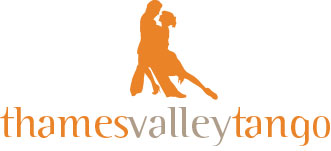It’s around this time of year that we start to recruit and select the DJs for our big events coming up at Easter, September, and Christmas. All together, we need to sort out the DJs for around 20 milongas and this takes many weeks of discussions and emails.
I think that the music is the main fundamental element of a Milonga, and so the DJ is absolutely crucial. That’s why I get very cautious and careful when it comes to selecting guest DJs. So what do we look for in guest DJs, and why can it get so tricky?
By and large we only ever use guest DJs that we have heard playing at least once. It doesn’t matter how many recommendations they have, or how popular they are at other events, I will try to check out milongas where the DJ might be a good choice for us. And when I’m at a milonga there are several things that I’m looking for in a good DJ:
- Do they arrive and set up on time?
- Do they spend too much time with their headphones on pre-listening to tracks?
- How much do they walk around the dance floor, checking the music quality and volume?
- Are they actively using an equaliser with at least 8 channels?
- How are the Tandas constructed?
- Are they using BPM or another method to manage the energy within a Tanda?
- Are the tracks volumes all levelled?
- What is the mix of familiar favourite tracks and lesser known recordings?
- How does the mood of the Tandas vary through the evening?
- Does the music link without pregnant pauses or, even worse, crashing between tracks?
- How do the Cortinas contribute to the atmosphere of the Milonga?
- Are they familiar with their DJ software?
It’s not simple, and that’s why it gets so hard to recruit DJs of a good enough standard, and why we tend to stick with the good ones. And that’s also often why I stopped going to some local milongas with a resident DJ.

